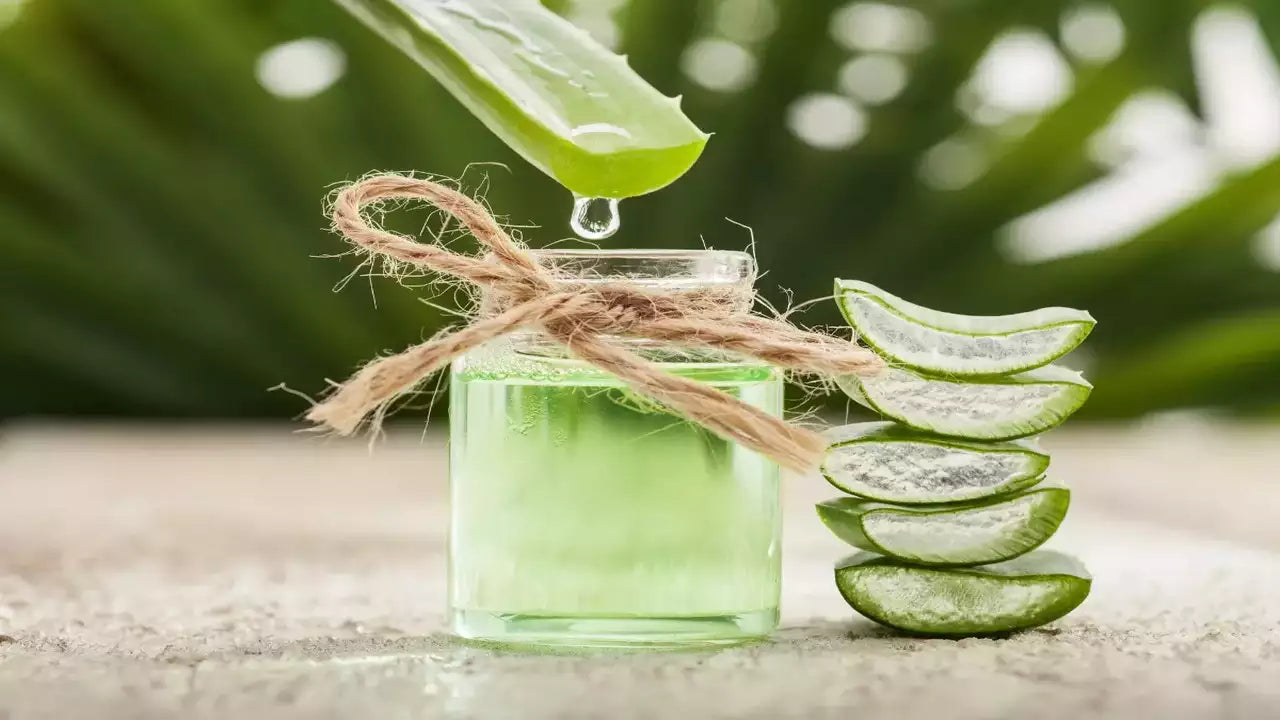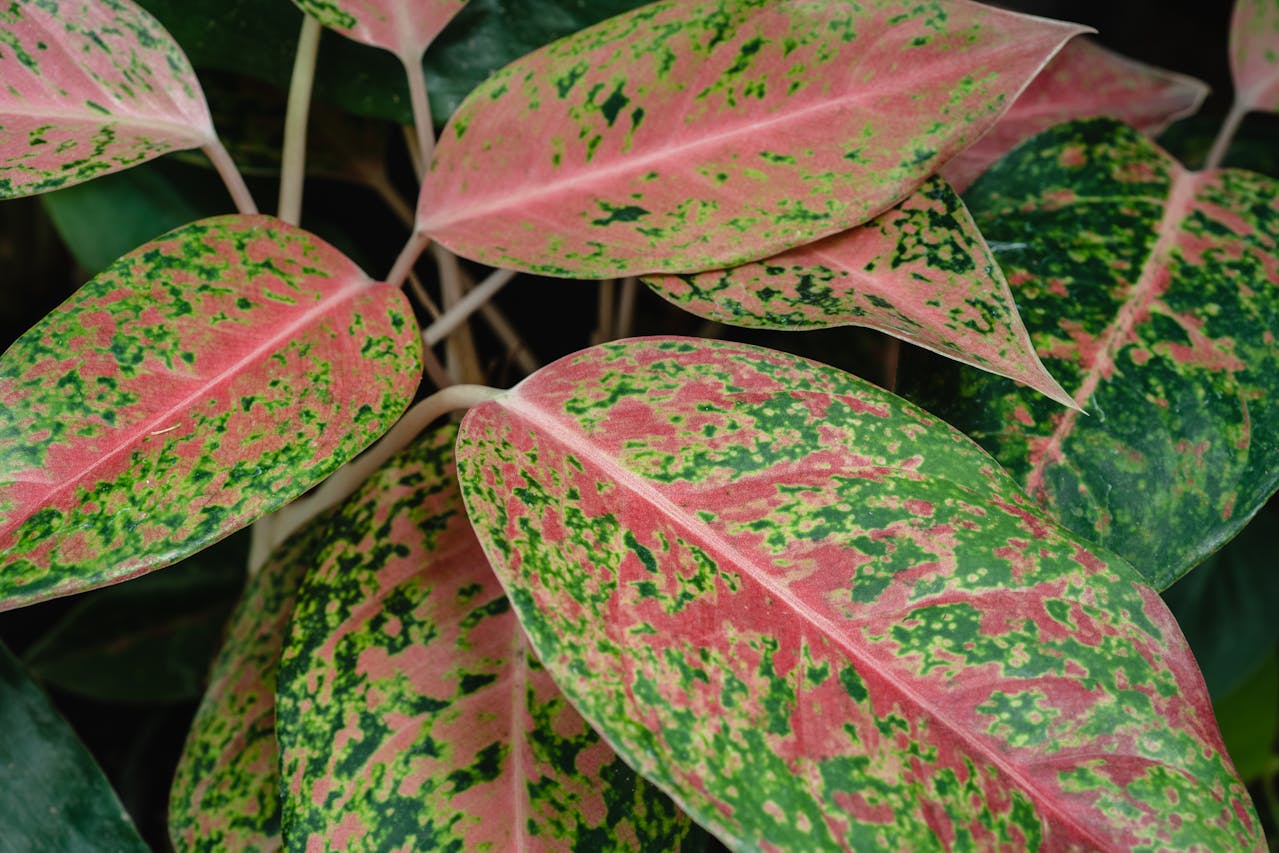Winter can be a challenging time for indoor and outdoor aloe vera plants. The colder temperatures, reduced sunlight, and fluctuating moisture levels can stress your beloved succulent, making it essential to implement protective measures to ensure its health and vitality. One effective method to safeguard your aloe vera during the winter months is using mulch. In this comprehensive guide, we'll explore how mulch can protect your aloe vera in winter, the best types of mulch to use, and step-by-step instructions for applying it effectively.
Why Mulch is Essential for Aloe Vera in Winter

1. Temperature Regulation
Mulch acts as an insulating layer, protecting aloe vera plants from extreme temperature fluctuations. During winter, mulch helps maintain a stable root temperature by keeping the soil warmer in cold spells and cooler during unexpected warm days.
2. Moisture Retention
Aloe vera plants require well-draining soil, but during winter, the air tends to be drier, and indoor heating can cause the soil to dry out quickly. Mulch helps retain moisture in the soil, reducing the frequency of watering and preventing the roots from becoming dehydrated.
3. Weed Suppression
If your aloe vera is planted outdoors, mulch can suppress the growth of weeds that compete for nutrients and water. This ensures that your aloe vera has ample resources to thrive during the less favorable winter months.
4. Soil Protection
Mulch protects the soil surface from erosion caused by heavy rains or wind, especially in outdoor settings. It also prevents soil compaction, allowing roots to breathe and access necessary nutrients.
Also Read- Aloe Vera And Weight Management: Helping Older Adults Maintain A Healthy Weight
Best Types of Mulch for Aloe Vera in Winter

Choosing the right type of mulch is crucial for effectively protecting your aloe vera. Here are some of the best mulch options:
1. Organic Mulch
- Wood Chips: Natural wood chips provide excellent insulation and moisture retention. They gradually decompose, enriching the soil with organic matter.
- Straw or Hay: These are lightweight and easy to apply, offering good moisture retention and weed suppression.
- Pine Needles: Pine needles are long-lasting and provide a neat, attractive appearance while aiding in moisture retention.
2. Inorganic Mulch
- Gravel or Pebbles: These materials offer superior drainage and prevent soil from becoming waterlogged. They are ideal for outdoor aloe vera plants.
- Peat Moss: While it retains moisture well, peat moss should be used sparingly as it can compact over time, reducing airflow to the roots.
3. Decorative Mulch
- Coconut Coir: An eco-friendly option that retains moisture effectively and improves soil structure.
- Perlite or Vermiculite: These lightweight materials enhance soil aeration and drainage, making them suitable for potted aloe vera plants.
Step-by-Step Guide to Applying Mulch to Aloe Vera in Winter

Step 1: Prepare Your Aloe Vera Plant
Before applying mulch, ensure your aloe vera plant is healthy. Remove any dead or yellowing leaves and inspect the roots for signs of rot or disease. Prune any damaged parts to promote healthy growth.
Step 2: Choose the Right Mulch
Select a mulch type that suits your aloe vera’s environment—organic mulches for enriched soil and moisture retention, or inorganic mulches for superior drainage and longevity.
Step 3: Clean the Soil Surface
Remove any existing weeds or debris from the soil surface to prevent competition for nutrients and moisture. Gently loosen the soil around the base of the plant to allow the mulch to penetrate effectively.
Step 4: Apply the Mulch Layer
1. For Outdoor Aloe Vera:
- Spread a 2-3 inch layer of mulch around the base of the plant, extending out to the drip line (the area directly located under the outer circumference of the plant’s branches).
- Keep the mulch a few inches away from the plant’s stem to prevent rot and pest infestations.
2. For Indoor Aloe Vera:
- Use a thinner layer, about 1-2 inches, to avoid retaining too much moisture, which can lead to root rot.
- Ensure the mulch covers the soil evenly without piling up against the plant.
Step 5: Maintain the Mulch
Regularly check the mulch layer to ensure it remains effective:
- Top-Up as Needed: Organic mulches decompose over time, so add more as necessary to maintain the desired thickness.
- Monitor Moisture Levels: Ensure the mulch is retaining moisture without making the soil soggy. Adjust watering schedules accordingly.
Also Read- Using Aloe Vera To Treat Kids’ Minor Burns And Scrapes
Tips for Effective Mulch Application
1. Avoid Over-Mulching
Too much mulch can trap excessive moisture, leading to root rot and fungal diseases. Stick to the recommended mulch depth for your aloe vera plant.
2. Ensure Proper Drainage
If using organic mulch, ensure it doesn’t impede water drainage. For outdoor plants, elevated beds or well-draining pots can help prevent waterlogging.
3. Combine with Other Winter Care Practices
Mulch should be part of a holistic winter care routine that includes proper lighting, reduced watering, and protection from cold drafts. Combining these practices will enhance the effectiveness of mulch in protecting your aloe vera.
4. Use Mulch as a Decorative Element
Choose mulches that complement your home or garden decor. Decorative mulches like gravel or colorful pebbles can add aesthetic value while providing the necessary protection for your plants.
Also Read- Using Aloe Vera To Treat Kids’ Minor Burns And Scrapes
Common Mistakes to Avoid When Using Mulch for Aloe Vera
1. Applying Mulch Too Thickly
A thick layer of mulch can suffocate the roots and restrict airflow, leading to root rot and poor plant health. Adhere to the recommended mulch depth to avoid these issues.
2. Placing Mulch Directly Against the Stem
Keeping mulch away from the plant’s stem prevents moisture buildup around the base, reducing the risk of rot and pest infestations.
3. Ignoring Soil Health
While mulch helps retain moisture, neglecting soil health by not providing adequate nutrients can hinder your aloe vera’s growth. Regularly amend the soil with compost or appropriate fertilizers to maintain its fertility.
4. Using the Wrong Type of Mulch
Different mulches serve different purposes. Using an inappropriate mulch type can negatively impact your aloe vera. Choose mulches that align with your plant’s specific needs and environmental conditions.
Also Read- Aloe Vera Uses In Hair Care: Strengthen, Hydrate, And Promote Growth
Conclusion
Using mulch to protect your aloe vera in winter is an effective strategy to ensure your plant remains healthy and vibrant during the colder months. By understanding the importance of mulch, selecting the right type, and applying it correctly, you can create an optimal environment for your aloe vera to thrive. Remember to combine mulch application with other winter care practices, such as adjusting watering schedules and maintaining proper lighting, to provide comprehensive protection for your beloved succulent.













Leave a comment
This site is protected by hCaptcha and the hCaptcha Privacy Policy and Terms of Service apply.